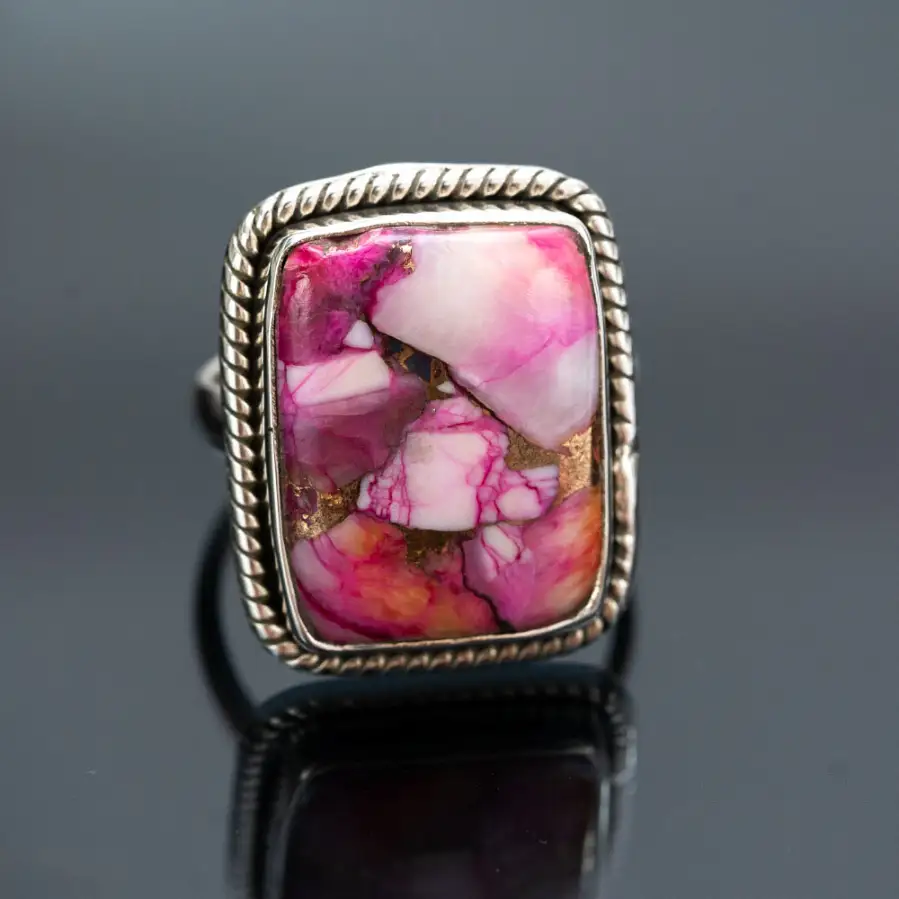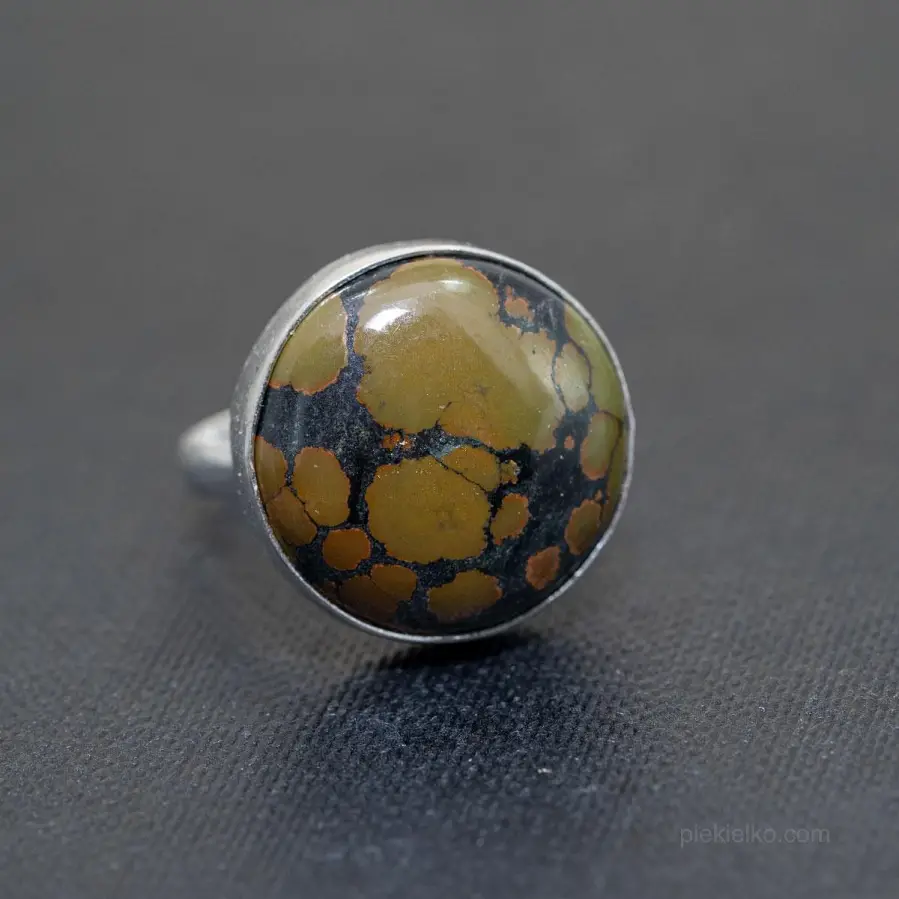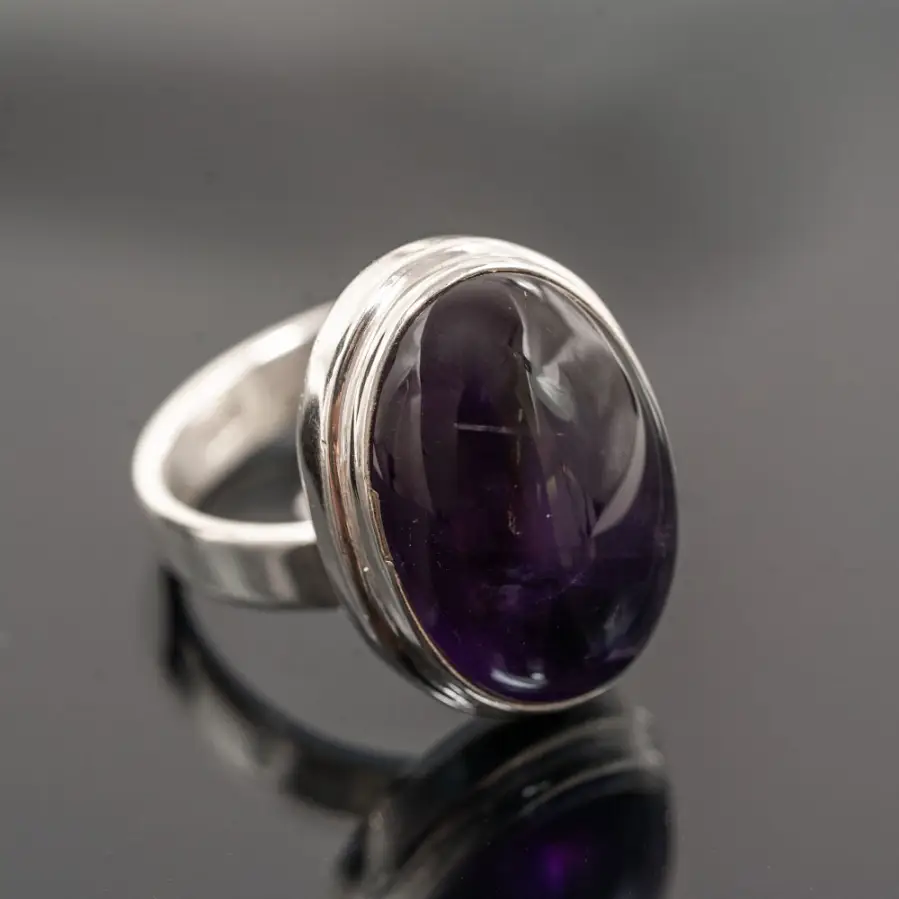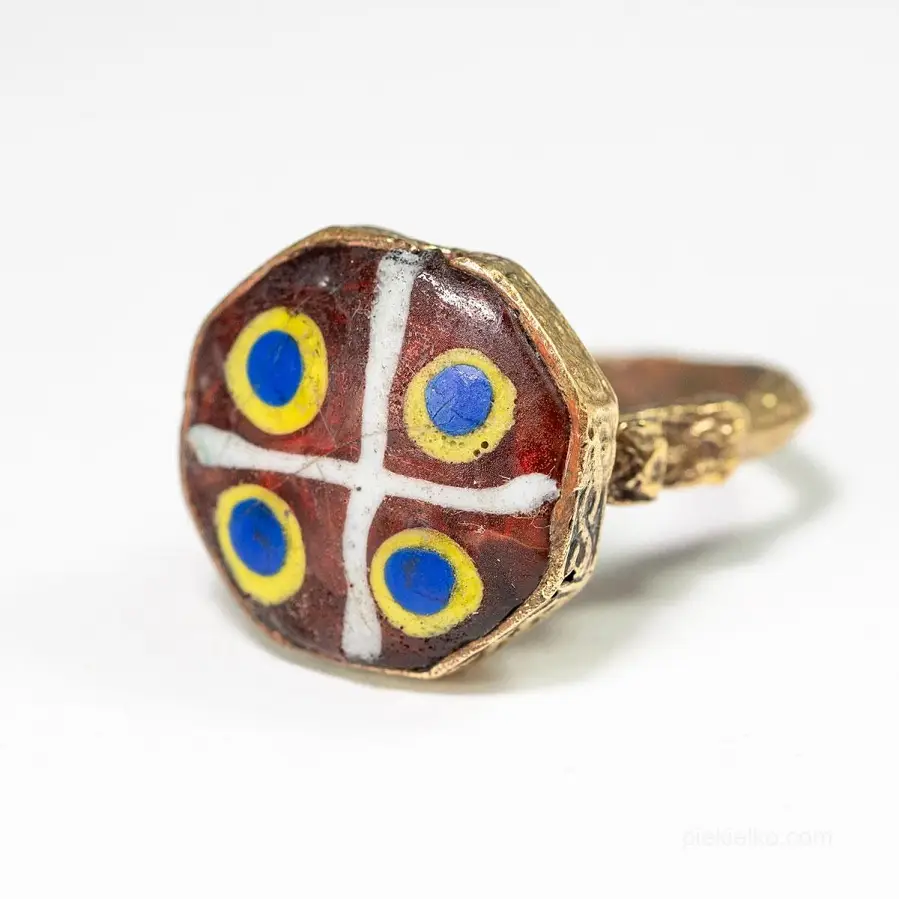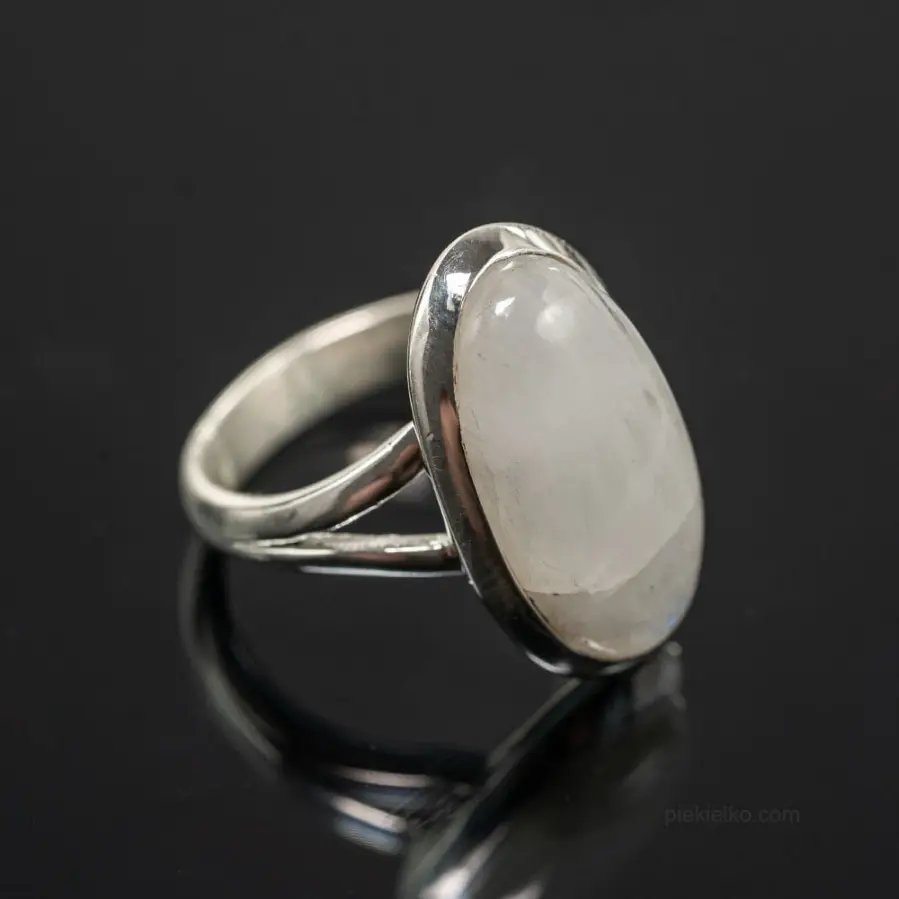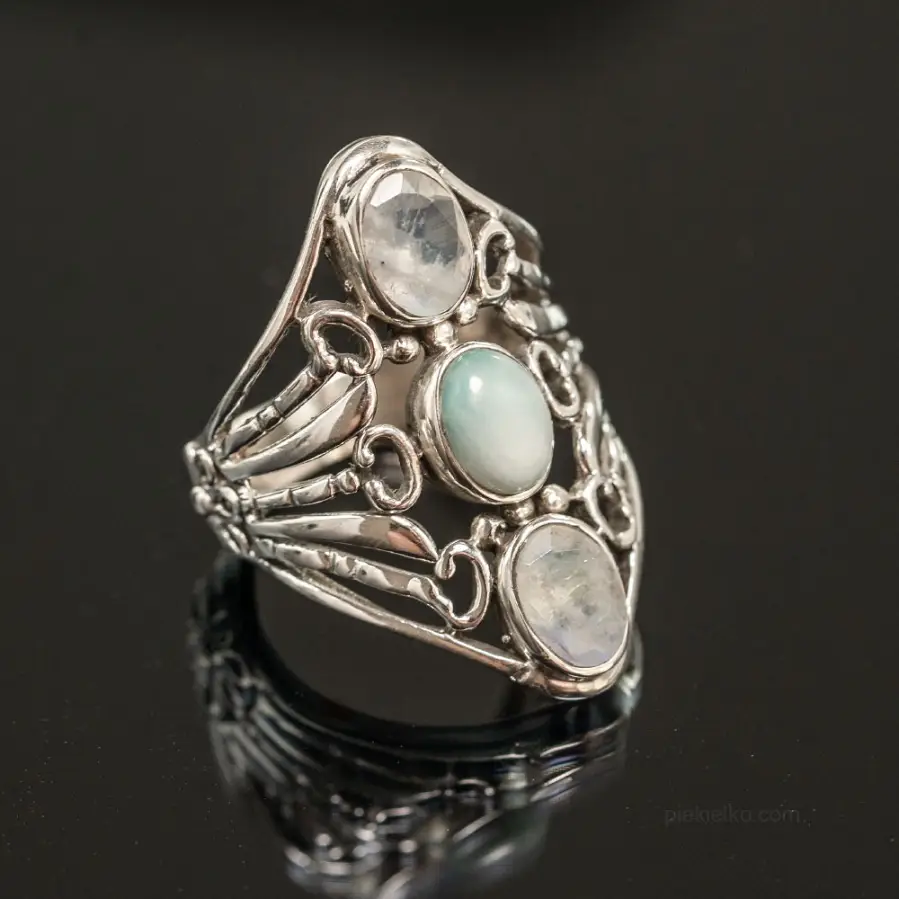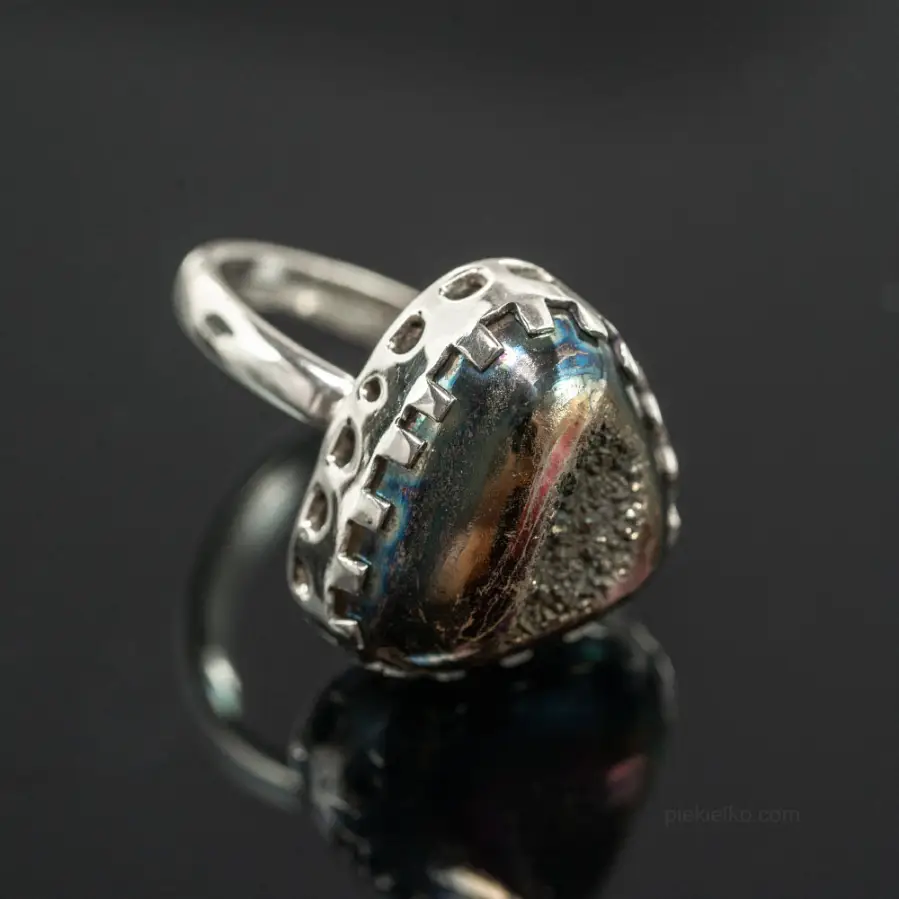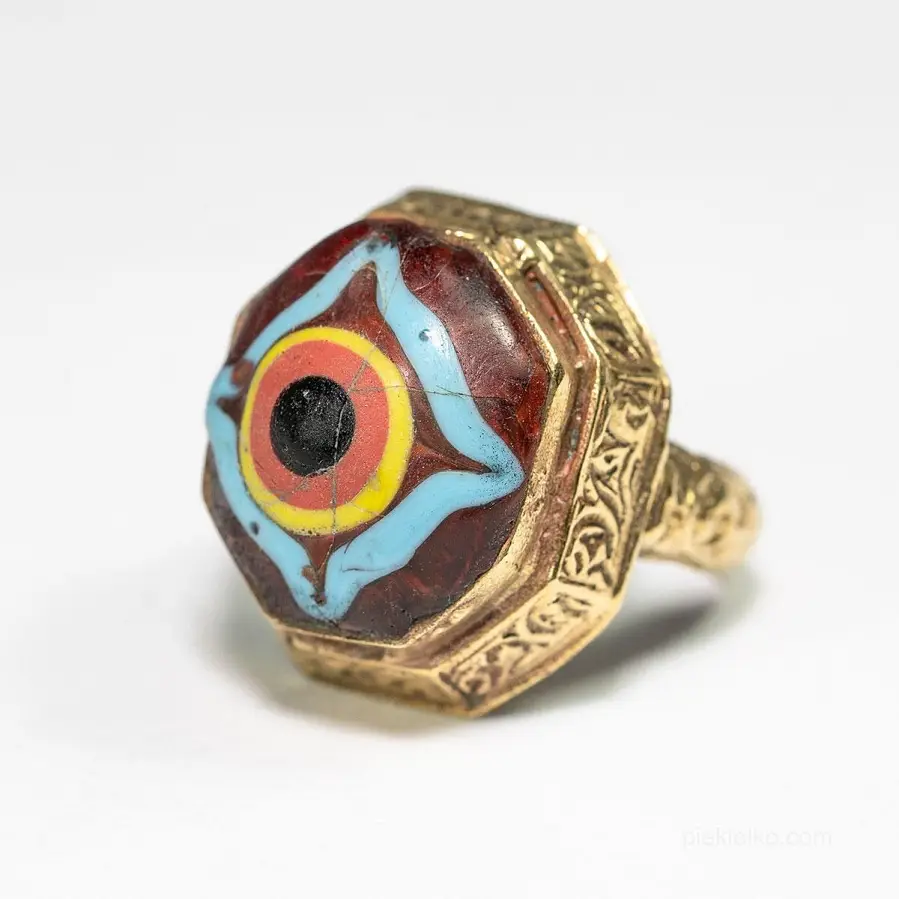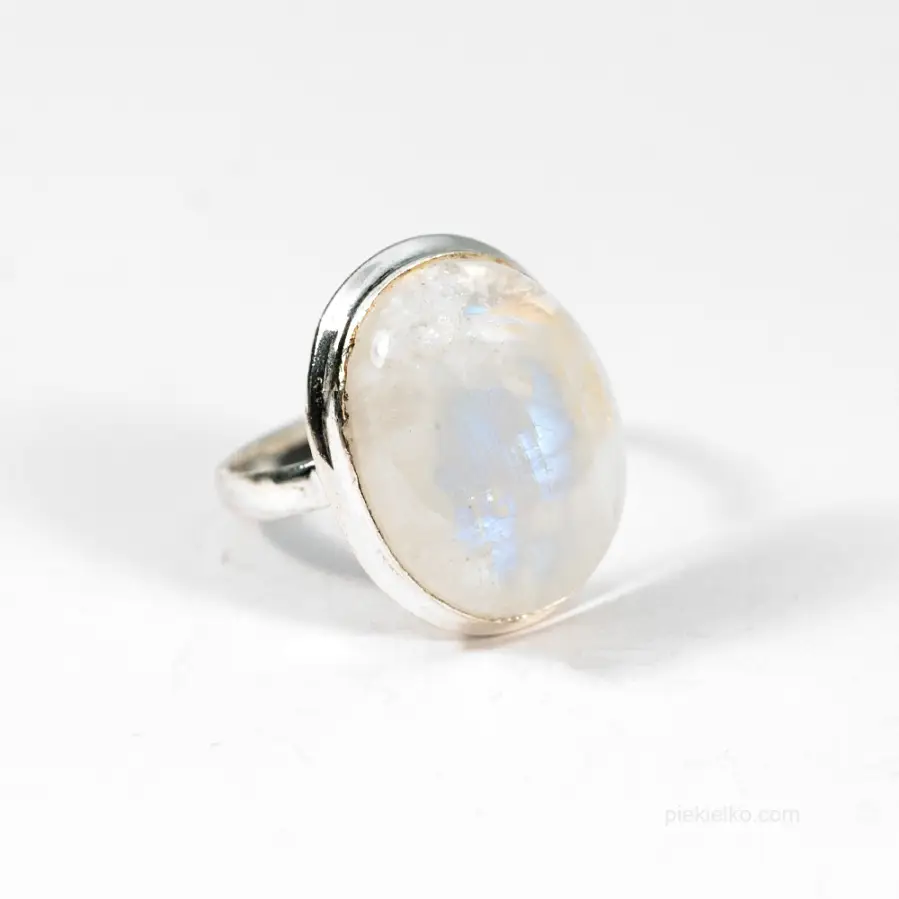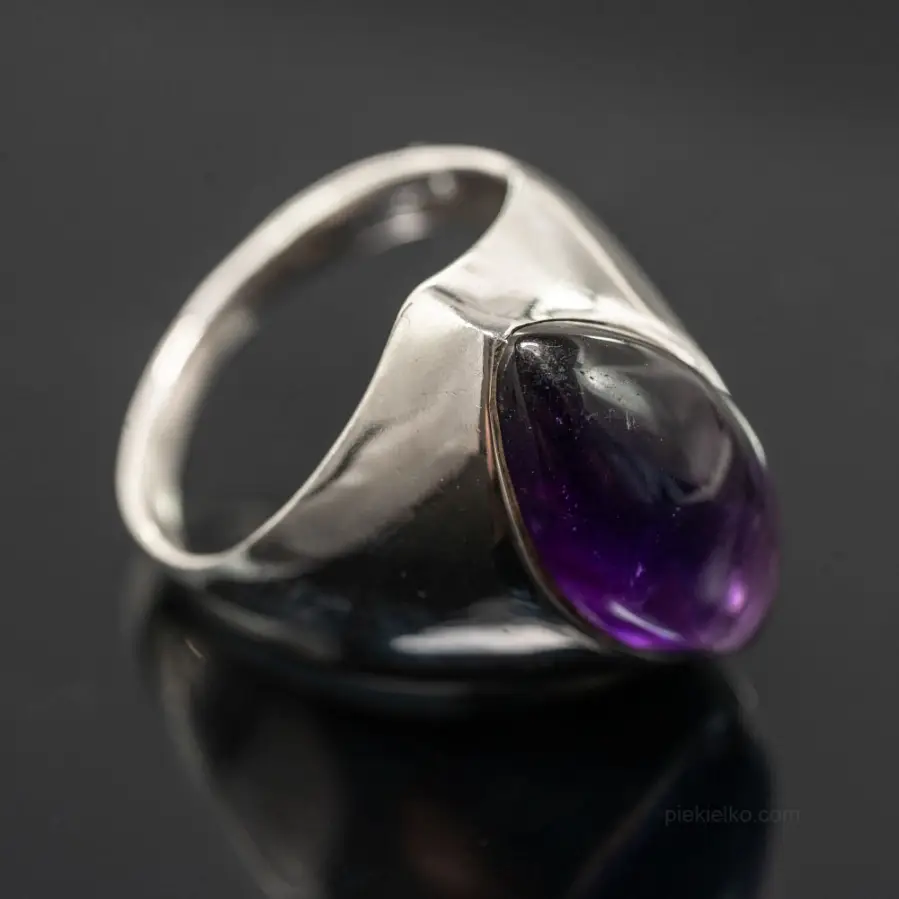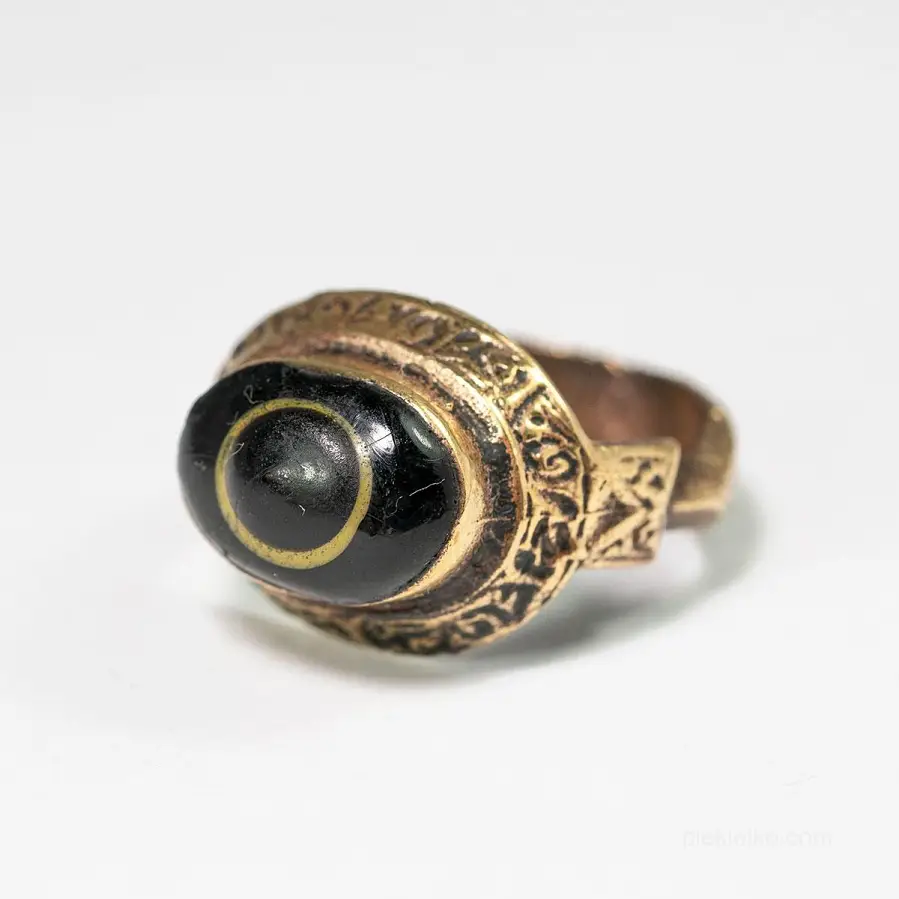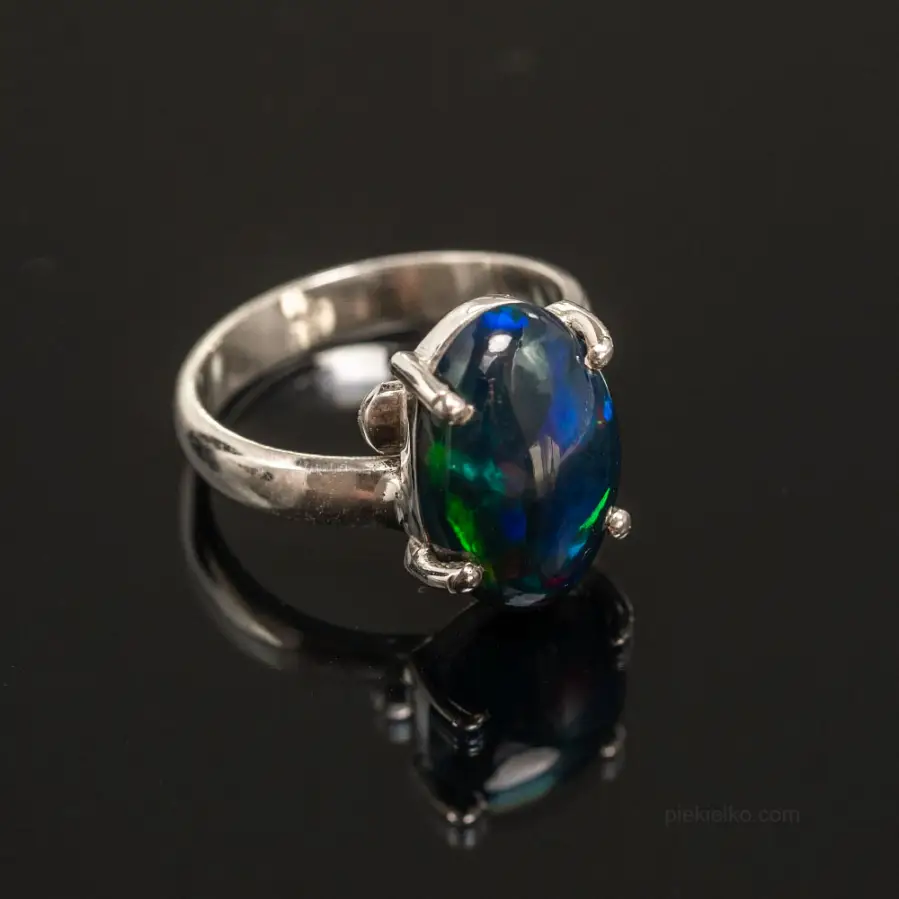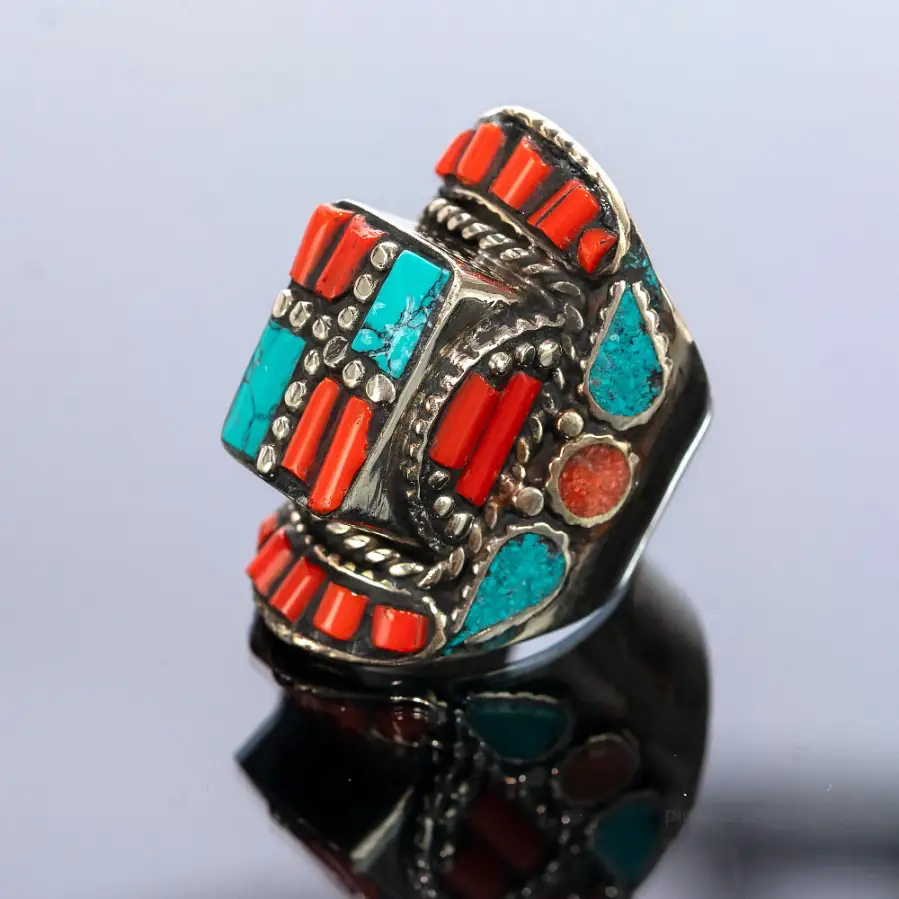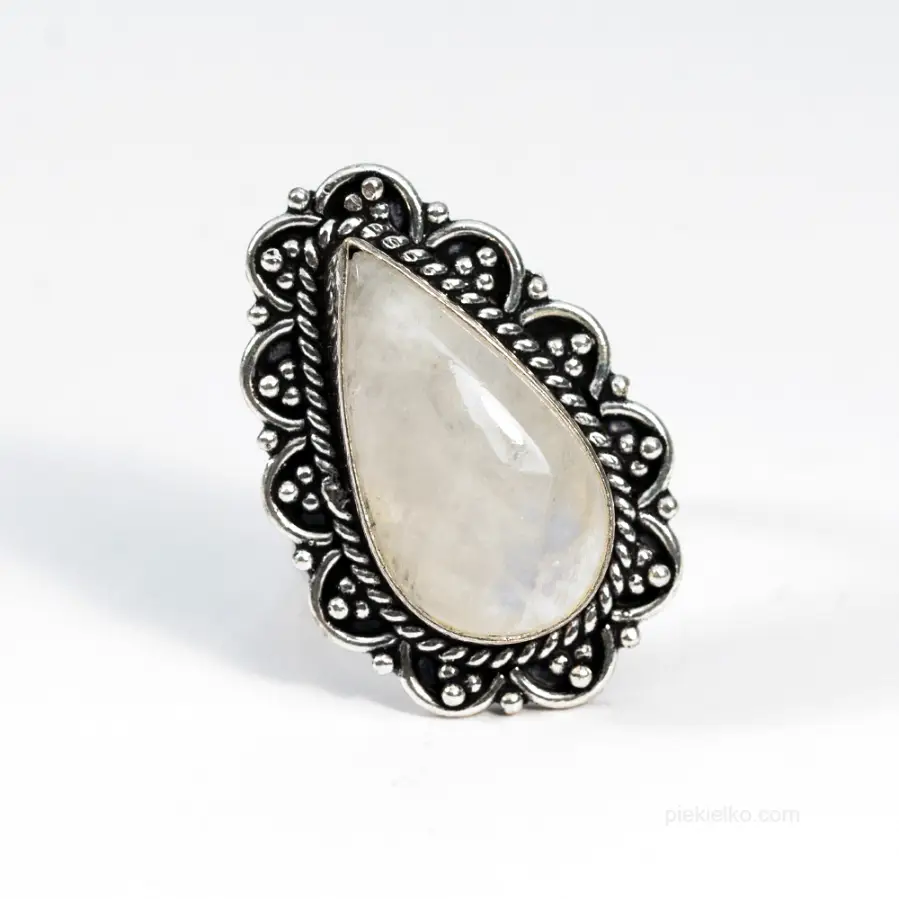Albanian folk dances - huge diversity in a small country

Albania - a small mountainous country in southeastern Europe. For many years it was under the control of the Ottoman Empire and other conquerors, which gave Albanian music its unique character. Albanian folk dances are characterized by a great variety of styles and character.
On the one hand, there are great differences between the dances of the Geg people in the north of the country and the Tosk people in the south, while on the other hand, one observes a considerable influence of neighboring countries and foreign occupiers from the past. The influence of Greeks and Slavs, as well as Turks and Italians has been reflected in some Albanian dances to a greater or lesser extent. But the opposite effect can also be seen - Albanian accents can be found in Greek, Slavic and Italian dances.
Formal division of Albanian dances
Albanian folk dances can be divided into two main groups. The first includes lyrical dances, performed mainly by women, less often by men alone. Sometimes, however, they are danced together by men and women. These are divided into subgroups:
- Ritual dances - e.g. Lule manushaqe from the Kolonja District.
- Wedding dances - e.g. Nusja jonë arbërore from Gjirokastra.
- Erotic dances - e.g. Kërcimet e Logut from Malësia e Madhe in Shkodra.
- Humorous dances - e.g. Vallja e nuses së Fajës from Central Albania.
- Pantomimic dances - e.g. Ojna e lepuri from Hotolisht in Librazhd.
The second group may include epic dances, danced mainly by men. They often show masculine qualities, courage, strength, warrior character, pride. They are divided into two subgroups:
- Warrior dances - e.g. Loja me jatagan from Western Kosovo.
- Proud dances - these include many dances from the South of Albania.
In addition, there are also dances that have characteristics of both groups: "lyrical-epic dances" (Valle bishtore e Labinotit) or "epic-epic dances" (Kërcim Burrash).
Urban and rural folk dances
Dances in Tirana, Elbasan, Berat and other cities differ in style and character from those of the surrounding rural areas. The urban style has influenced to some extent the villages adjacent to the big cities, but not rural dance in general. The diversity of Albanian folk dances has attracted a host of researchers to the country, who have counted more than 5,000 of them there. It is not always possible to determine the regional affiliation of a particular dance. For example, the dances of the Geg people stand out strongly in Northern Albania, which have their variations in various other regions. There are also exceptions. Some dances from the Tropoja district retain all their characteristics in the Dibra district as well.
In Central Albania, on the other hand, a connection between Gegami and Tuscan elements is observed. The ethnic differences between the Gegas and Tuscans (Albania's two largest ethnic groups) are best seen in their folk costumes and dances.
Albania's most popular folk dances
Many Albanian dances are named after the region in which they originated. There are also sometimes references to occupation, historical events, animals, weapons, etc.
{Dardhare}Lyrical women's dance originating from the village of Dardhë in the Korça district. It is performed in groups with vocal accompaniment.{outube}fgPODrWRnAs{/youtube}.
Pogonishte {tab Pogonishte}Southern Albanian dance in 2/4 bar, performed during festivals by men and women together. It originated in the village of Pogon in the Gjirokastra district. {YouTube}uYII8zQ-l9s{/youtube}
{Shotes}One of Kosovo's most popular dances. The word "shota" (alb. duck) is a caressing term among Kosovars for a nice and smart girl. This lyrical dance is performed in three variations: two women, a woman-man, two men. {YouTube}yJOb3ASPYBc{/youtube}
{Burrash Labe}Laber male dance performed exclusively to the accompaniment of traditional Albanian isopolyphonic music. The epic dance expresses courage, pride and bravery. Danced usually in two groups, often in one semicircle. Led by one dancer, performing difficult and distinctive dance steps. {YouTube}suUJwOXTFas{/youtube}
{/tabs}
In conclusion, it can be said that regardless of the variety of styles, there is a unique character of its own in the folk dances of the Albanian nation that distinguishes it from those of neighboring countries.
- Created on .
- Last updated on .
- Hits: 12232



